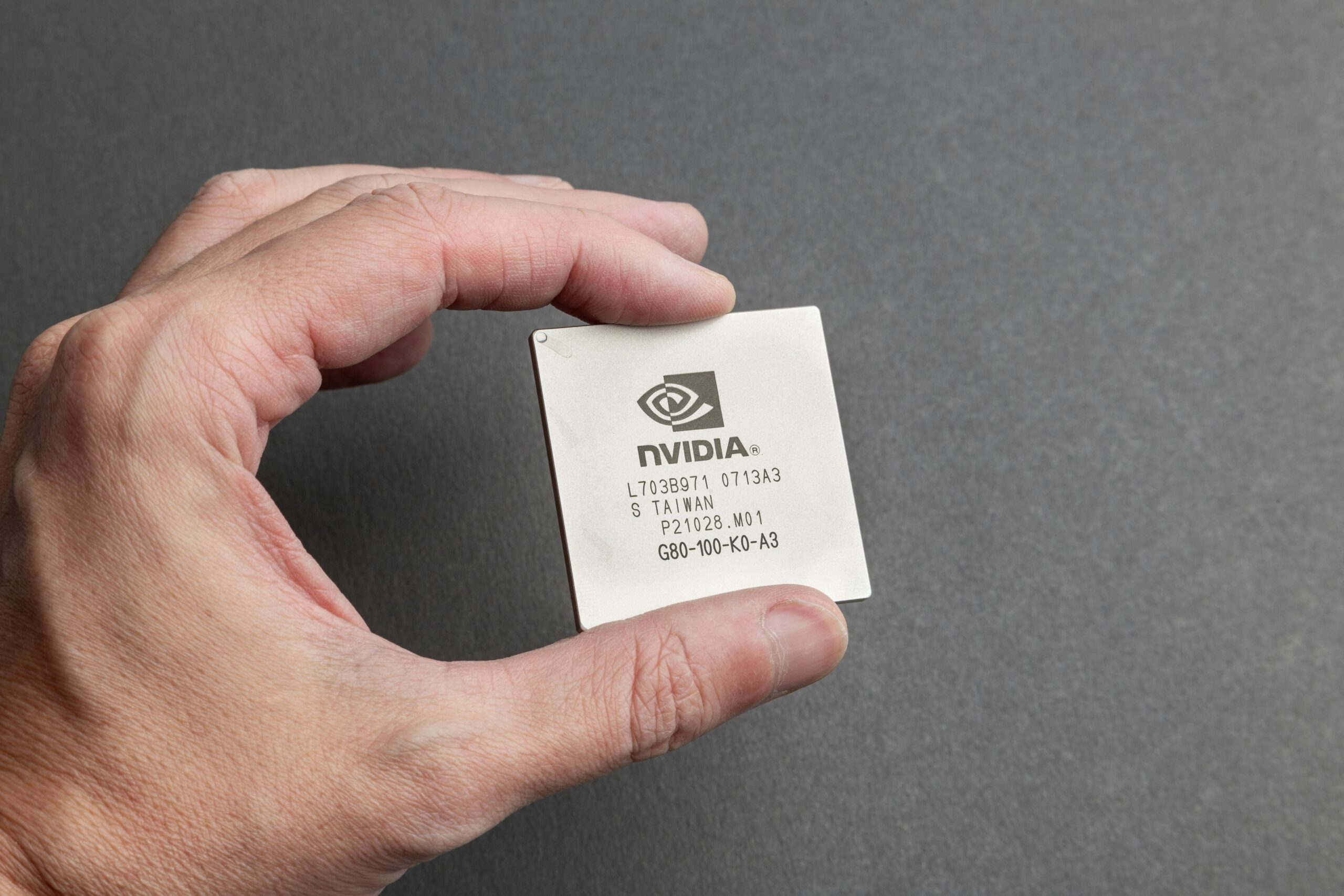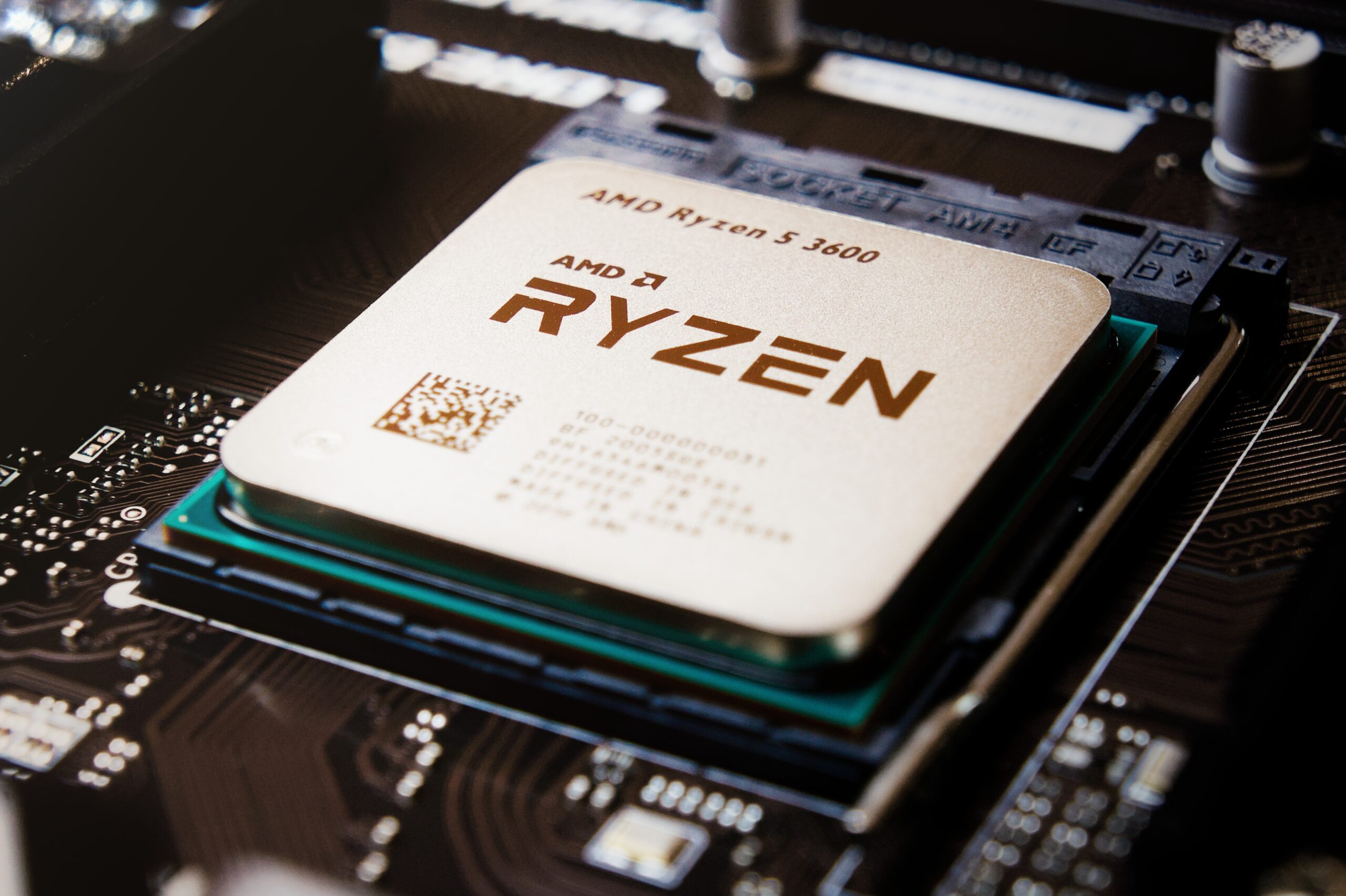What is an ESOPs ?
ESOPs, short for Employee Stock Ownership Plans, are company-sponsored programs that enable employees to become partial owners of the company. Through ESOPs, employees are granted or can purchase shares of company stock over time, often as part of their compensation package. This not only fosters a sense of ownership and commitment among employees but also aligns their interests with the company’s success. ESOPs can offer tax benefits for both the company and employees, making them a popular option for businesses looking to incentivise employees and promote long-term engagement.
Why companies give ESOPs ?
- Employee Engagement: They foster a sense of ownership and commitment among employees, leading to higher engagement levels.
- Retention Tool: Offering ESOPs helps companies retain top talent by providing a valuable long-term incentive.
- Alignment of Interests: They align employee interests with company performance and profitability, promoting teamwork and shared goals.
- Tax Advantages: Companies may benefit from tax incentives or deductions by implementing ESOPs as part of their compensation strategy.
- Competitive Advantage: They can be a competitive advantage in attracting skilled professionals who value participation in the company’s success.
- Motivation and Productivity: Employees with ESOPs are often more motivated and productive, contributing positively to the company’s bottom line.
- Ownership Culture: They help create a culture of ownership where employees feel invested in the company’s long-term success.
- Succession Planning: They can facilitate smooth transitions in ownership or leadership succession within the company.
- Financial Literacy: Participation in ESOPs can improve employees’ financial literacy and understanding of investment principles.
- Employee Satisfaction: Offering ESOPs can enhance overall employee satisfaction and morale, leading to a positive work environment
Mostly ESOPs are given by small companies which want to retain the talent but at the same time wants to cut some budget also.
Are ESOPs good or bad ?
Employee Stock Ownership Plans (ESOPs) offer a multitude of benefits that contribute to a positive work environment and enhanced company performance. ESOPs align employee interests with company success, fostering a sense of ownership, commitment, and motivation among staff members. This leads to increased productivity, improved job satisfaction, and lower turnover rates, ultimately benefiting the company’s bottom line. Additionally, ESOPs can serve as a powerful retention tool, helping companies attract and retain top talent in a competitive market. By sharing ownership and financial rewards with employees, ESOPs create a win-win scenario where both the company and its workforce thrive together.
How Employee Stock Ownership Plans work ?
There are couple of terms you need to understand before we go through the technicals.
- Strike Price: The ESOP strike price refers to the pre-determined price at which employees participating in an Employee Stock Ownership Plan (ESOP) can purchase company shares. This price is typically set at a discount or fair market value during the grant or exercise period. The lower the strike price, the more favourable it is for employees, as it allows them to acquire company stock at a potentially discounted rate. Understanding the ESOP strike price is crucial for employees evaluating the financial benefits of participating in the ESOP and can impact their overall investment and wealth accumulation strategies.
- Vesting Period: Usually each ESOP grant has a vesting period with an initial cliff. It is company specific but a common pattern is to have a 4 year vesting period. Meaning 25% of the esops will be vested each year. Only vested ESOPs can be purchased.
When a new employee joins a company, they are often granted Employee Stock Options (ESOs) with a specific strike price and vesting period. Once some stock options have vested, employees have the choice to either exercise them or keep them vested. Companies typically allow employees to participate in buybacks using only their vested stocks; there is no requirement to exercise them for this purpose. However, when leaving the company, there is usually a minimum tenure within which employees must exercise their options; otherwise, they will expire.
How ESOPs are taxed
- Exercised options: The long-term capital gains tax is applied when stocks are exercised and held for at least one year before selling. Conversely, short-term capital gains tax is imposed in all other cases where stocks are sold before the one-year mark.
- Vested options (which are yet to be exercised): Short-term capital gains tax is imposed in all the cases.
Benefits of ESOPs for employees
There is only monetary benefits associated, which an employee can make in certain events if he has some vested ESOPs.
- Company goes IPO:
Imagine you join an early startup which is valued at 1Billion dollars and you got ESOPs worth 10000$. Let’s say after couple of years this startup goes IPO at 100Billion dollar valuation making your ESOPs worth 10Million $. Don’t forget you have to pay the strike price also. - Company does a buybacks:
A lot of company’s during fund raising rounds do buybacks. Buyback in simpler terms means company.
How much money you make incase of a buyback/IPO ?
Let’s consider a scenario where an employee, let’s call her Sarah, participates in an ESOP that includes a buyback option. Sarah has been with her company for five years, and during that time, she has accumulated 1,000 shares of company stock through the ESOP with a strike price of 30$.
The ESOP’s buyback option allows employees to sell their vested shares back to the company at the current fair market value (FMV) of the stock. Let’s say the current FMV of the company’s stock is $50 per share.
First, we need to determine Sarah’s profit per share based on the difference between the FMV and the strike price:
Profit per Share = FMV per Share – Strike Price per Share
Profit per Share = $50 per share – $30 per share Profit per Share = $20 per share
Now, we can calculate Sarah’s total profit from selling her vested shares back to the company at the FMV:
Total Profit = Profit per Share x Number of Shares
Total Profit = $20 per share x 1,000 shares Total Profit = $20,000
So, by participating in the buyback. Sarah would make a total profit of $20,000 from selling her vested shares back to the company. Taking into account the difference between the FMV and the strike price. Again, actual proceeds can vary based on the company’s FMV at the time of buyback and any applicable taxes or fees.






